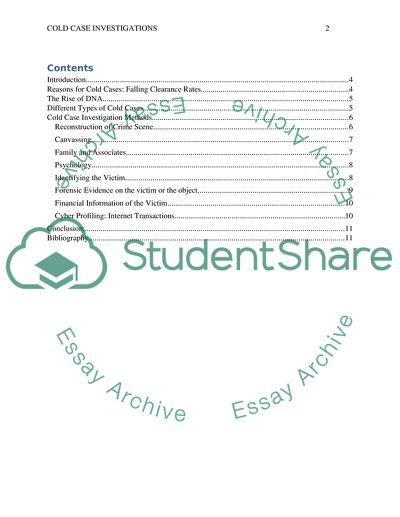Cite this document
(Cold Case Investigations Research Paper Example | Topics and Well Written Essays - 1500 words, n.d.)
Cold Case Investigations Research Paper Example | Topics and Well Written Essays - 1500 words. Retrieved from https://studentshare.org/social-science/1760397-cold-case-investigations
Cold Case Investigations Research Paper Example | Topics and Well Written Essays - 1500 words. Retrieved from https://studentshare.org/social-science/1760397-cold-case-investigations
(Cold Case Investigations Research Paper Example | Topics and Well Written Essays - 1500 Words)
Cold Case Investigations Research Paper Example | Topics and Well Written Essays - 1500 Words. https://studentshare.org/social-science/1760397-cold-case-investigations.
Cold Case Investigations Research Paper Example | Topics and Well Written Essays - 1500 Words. https://studentshare.org/social-science/1760397-cold-case-investigations.
“Cold Case Investigations Research Paper Example | Topics and Well Written Essays - 1500 Words”, n.d. https://studentshare.org/social-science/1760397-cold-case-investigations.


